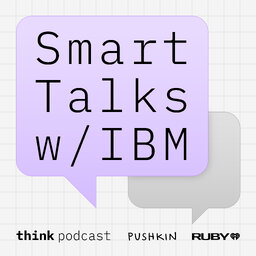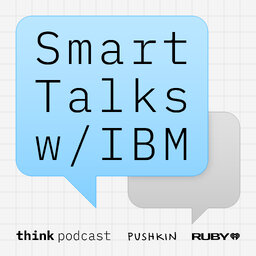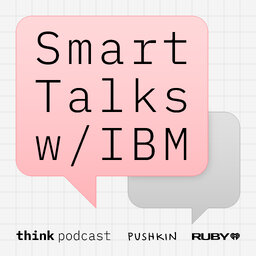How AI Assistants Can Transform Education
Malcolm Gladwell visits Kennesaw State University to learn about Jiwoo, an AI Assistant that helps future teachers practice responsive teaching by simulating classroom interactions with students. Discover AI’s impact on teaching methods to prepare teachers for the classroom.
This is a paid advertisement from IBM. The conversations on this podcast don't necessarily represent IBM's positions, strategies or opinions.
Visit us at https://www.ibm.com/think/podcasts/smart-talks
 Smart Talks with IBM
Smart Talks with IBM



